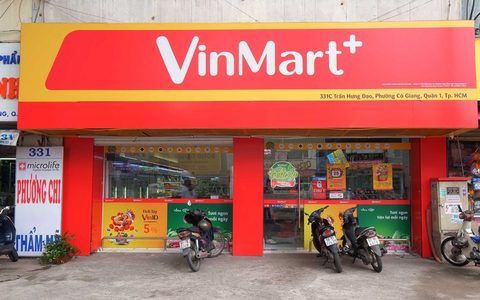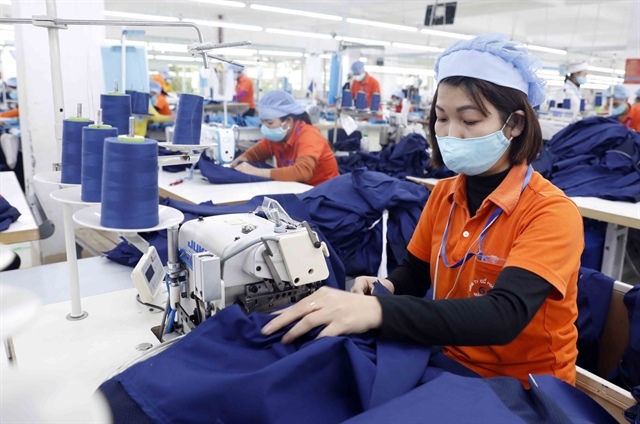Mini-marts disrupt food industry
Mini-marts disrupt food industry
Convenience stores were the most successful food and drink service channels in the past year, according to results of a survey released at a seminar held in HCM City on Thursday.

The seminar, with the theme “The Food-service Industry; It’s Time to Welcome Generation Z”, discussed the latest market updates, including a Food-service Monitor set up by Decision Lab that supplies data on consumer eating-out purchases and visits in Viet Nam.
Based on daily monitoring of dining-out behaviours, the monitor gives key insights on important developments in the market and solutions for operators, manufacturers and investors.
It includes purchases and visits made by Vietnamese consumers aged 15 and over when eating out, and adults’ reports on what children under the age of 15 are eating outside the home.
Based on over 22,300 consumer interviews, the Decision Lab’s Food-service Monitor Reports found that consumers in both Ha Noi and HCM City showed increased out-of-home visits, with the food-service market enjoying positive traffic growth.
Nghiem Vu Huong Linh, senior consultant at Decision Lab, an expert in the country’s food-service industry, said the results showed changes in the restaurant market over the past years, and the effects on business, manufacturing and investment in the food-service sector.
“Convenience stores (CVS) are disrupting the food service market in a fundamental way,” she said.
CVS not only appeals to the general consumer but also succeeds in luring Generation Z, who were born between 1994 and 2002.
In the third quarter of this year, the CVS channel reached 14 per cent of market share in visits against 12 per cent year-on-year, despite market fluctuations, she said.
Linh said that Vietnamese eat out more, though selectively, and the number of happy customers had increased over the past year.
The seminar was organised by the European Chamber of Commerce in Viet Nam (EuroCham) in collaboration with the market research company Decision Lab.
It attracted many representatives from restaurant chains, manufacturers, advertising companies, marketing researchers and media involved in the food and beverage sector.



















